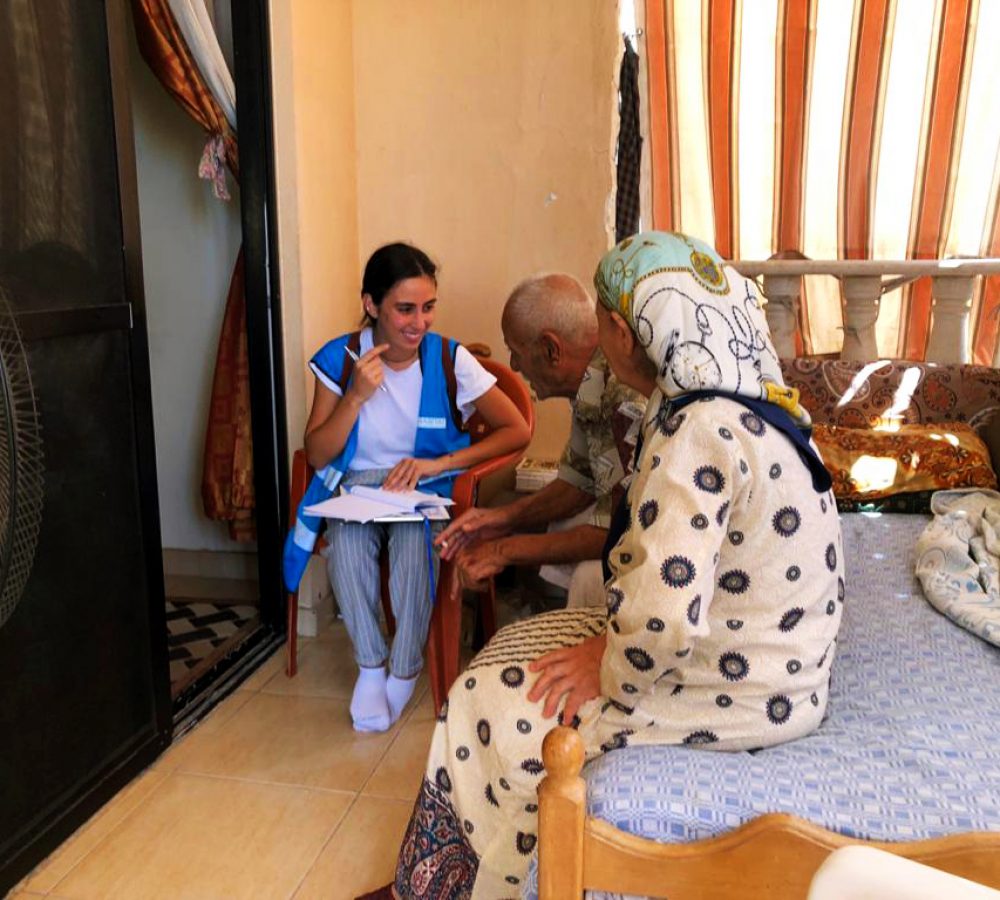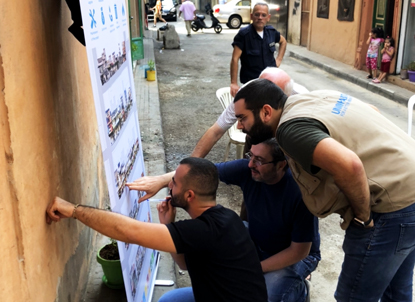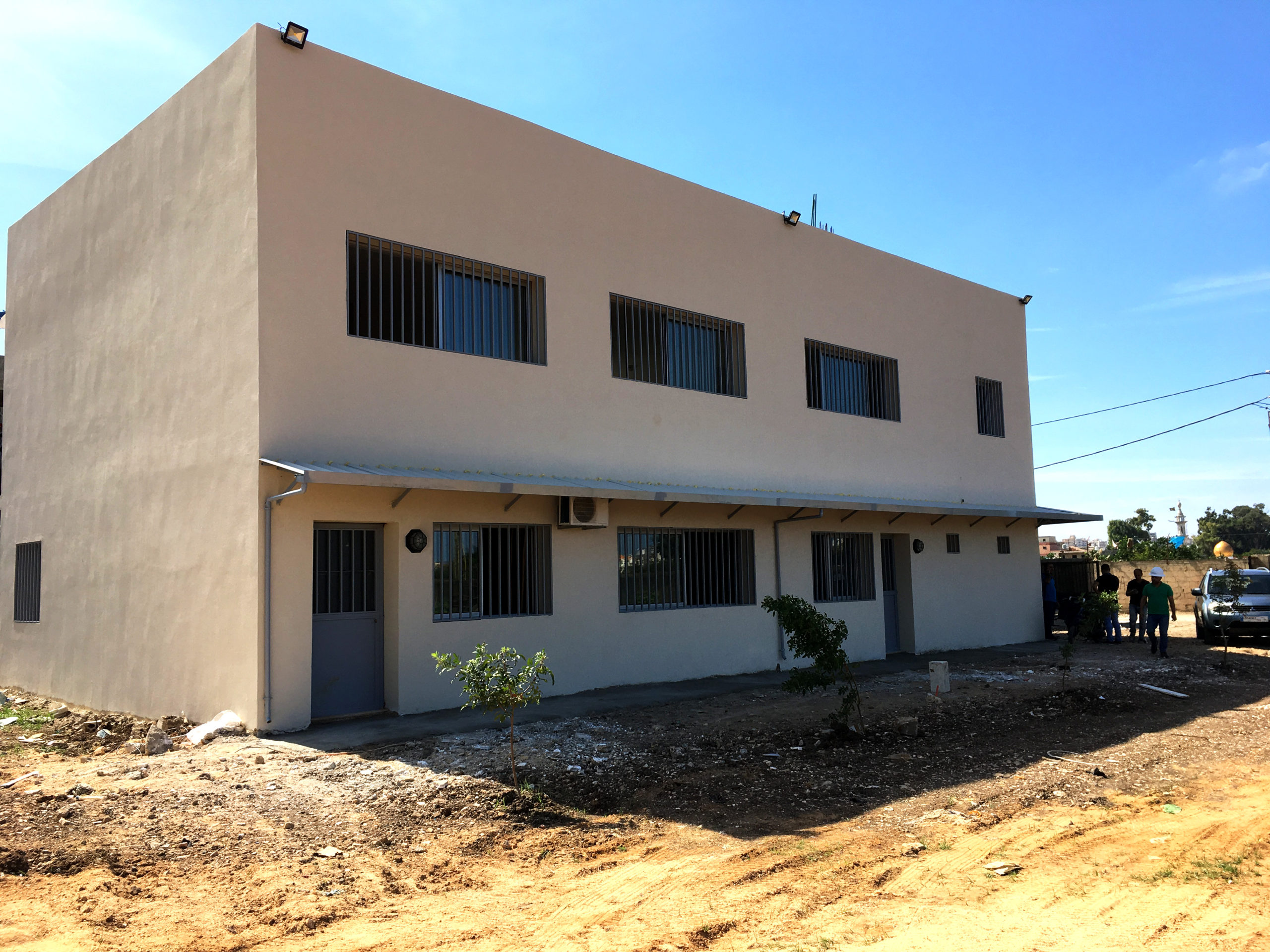Since the beginning of the Syrian refugee crisis in 2011, Lebanon has hosted a large number of Syrian refugees, many of whom are located alongside other vulnerable non-Lebanese and poor Lebanese in urban settings that were already stressed before the crisis onset. In a long-standing national context of scarce data, combined with ever-growing pressure to maximize efficiencies in intervention funding, there is an urgent need for reliable multisectoral and spatialized information. Such holistic data can support municipalities and other state and non-state entities to mitigate cross-cohort vulnerability. To offer such a springboard for moving towards sustainable development, the United Nations Human Settlements Programme (UN-Habitat) and the United Nations Children’s Fund (UNICEF) have jointly undertaken 28 neighbourhood profiles.
Adopting an area-based approach to data gathering and synthesis, where a defined territorial unit is the point of entry rather than a particular sector or beneficiary cohort, profiles can inform integrated programming for neighbourhoods in ways that benefit all residents in the long term. Organizationally, profiles can serve as a framework for coordinated actions between partners to the Lebanon Crisis Response Plan (LCRP), United Nations Strategic Framework (UNSF) for Lebanon, and local authorities to improve the response in line with the United Nations Sustainable Development Goals (SDGs), particularly in complex urban settings.














